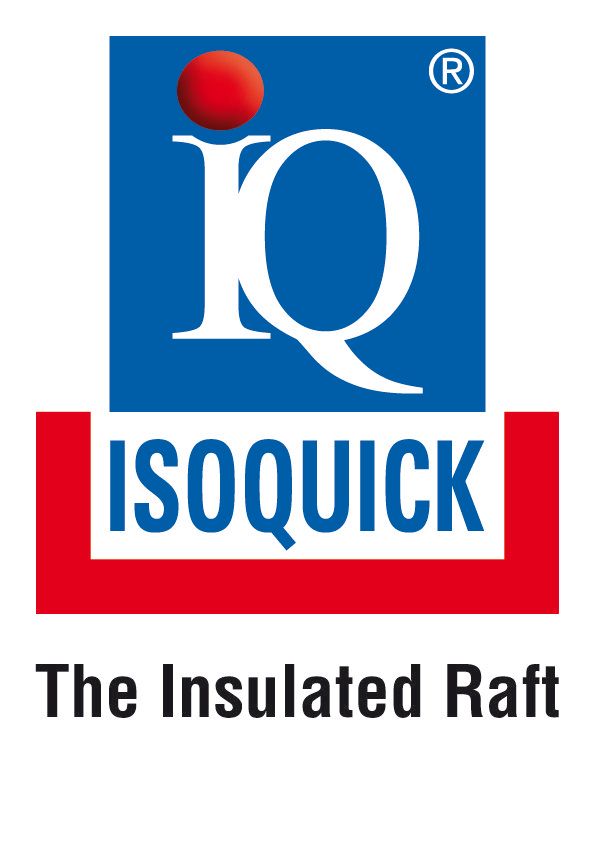The basics of thermal insulation
Thermal insulation
Energy efficient construction. It has the greatest influence on a building’s internal temperature and thus plays a major role in reducing heating costs. That’s why there are special types of insulating materials available for every application. The experts from ISOQUICK® have a complete overview and will be happy to advise you.
Regardless whether you require comprehensive insulation for low-energy, energy-plus or passive houses, it is important that the foundations, outer walls, windows and roof work together to provide an optimum building envelope, making the transition between the individual components especially important!
Those planning an insulated foundation usually assume that the rooms above will be heated. The insulated foundation slab separates the living space from the ground below. Particular care should be taken to plan and correctly install a suitable damp-proofing membrane. The sealing concept forms part of the planning concept. Is a waterproof concrete tank or bitumen sealant recommended? Should standing water or percolating water be taken into account? Your professional partner ISOQUICK® will cover all these issues with you.
Structural loading
No component affects the stability of a house more than the foundation, making thorough planning and execution extremely important. Technical terms such as compressive stress, shear stress, compression or the modulus of sub-grade reaction, pop up regularly. Because this decisive component cannot be repaired later on with minimal effort, you should rely on the professional expertise provided by ISOQUICK® right from the beginning.
"Anyone who builds a high tower must spend a great deal of time on the foundation"
Anton Bruckner
Concrete reinforcement
Concrete technology and reinforcement have the largest influence on structural loading, whereby practical construction considerations must always be taken into account. Slab overlap, steel fibre concrete or self-compacting concrete must be used effectively to ensure the success of the entire project.
Frost-protected footings – drainage
The prerequisite for damage-free construction is a frost-protected footing for every building. A substantial component in this regard is properly functioning drainage. Based on a ground survey, various frost-protected footings can be used. The overall concept, however, should meet the requirements for energy efficient construction.
Foundation earthing/Ring earth electrodes
How to deal with the potential equalisation is a question that is repeatedly raised.
If ground-embedded exterior walls and the foundation slab are furnished with perimeter insulation, the earthing in the floor slab will be ineffective. This makes it necessary to position an earth electrode outside the perimeter insulation and connect it to the reinforcing fabric within the slab.
